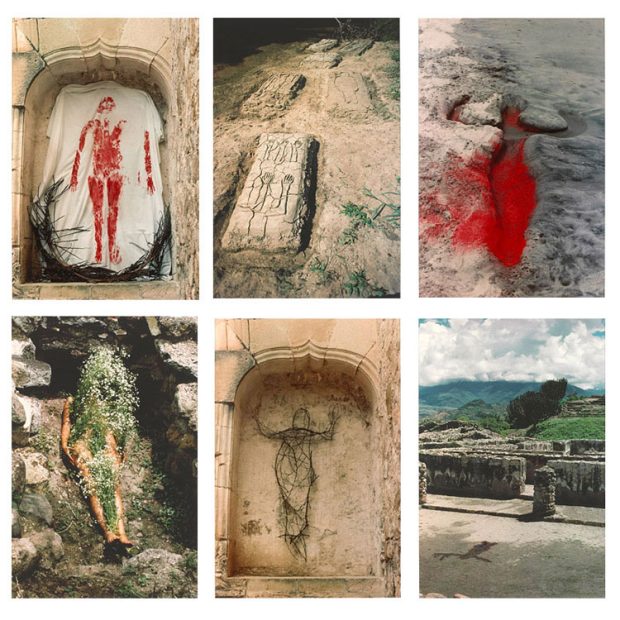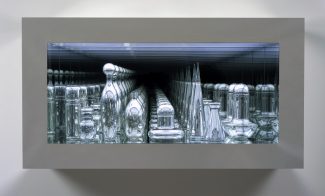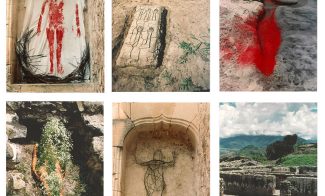I find myself mostly reading poetry these days. In her recent book Night Philosophy, the Massachusetts-based poet Fanny Howe writes, “Sometimes the syntax of poetry helps me to see what life is really doing, and to find the key to the open air.” Many of us are trying to see; most of us are longing for open air.
I find myself regularly thinking through what it might look like to live differently, and the imperative to do so.
At the same time that I was reading Night Philosophy, among other things, I was thinking about Cuban-born, American artist Ana Mendieta’s Silueta Works in Mexico. Readings braided together.
“Here is a lesson: what happens to people and what happens to the Earth are the same thing.” This, according to Chickasaw poet, essayist, and environmentalist Linda Hogan in her book Dwellings: A Spiritual History of the Living World.
I have always found that Ana Mendieta’s art works deploy a unique sense of poetry. The lyrical Silueta earth-body sculptures, known widely through photographs and films, reassert the ties between a body and the earth, in “a dialogue between the landscape and the female body,” according to the artist. Separated from her family in Cuba at the age of twelve and exiled to the United States, Mendieta set out to “re-establish the bonds that unite me to the universe,” as she said, while she pursued a “return to the maternal source.” Through these works, Mendieta herself sought models for living differently, such as the legend of the Black Venus of Cienfuegos, which the artist summoned as a symbol of refusal through which she reconnected herself and her work to Cuba. In the Silueta works, Mendieta used her body, or its silhouette, to create an ephemeral impression of the female form on the Earth’s surface. This figure-ground relationship embodies the interconnectedness, the lyrical braiding together, of our own bodies to the land, and a consideration of the layers of meaning to be found in, and beneath, such gestures. This is carried forward even through images that often stage an unresolvable interplay between presence and absence.
According to Howe, “One definition of the lyric might be that it is a method of searching for something that can’t be found.”
For me, Mendieta’s environmental works, if they can be called that, continue to resonate, reverberate even, along these lines. This impulse draws a sharp contrast to the contemporaneous masculine, sometimes permanent, incursions into the environment.
I continue to give attention to the meaning I find in these readings, but maybe they are just surface readings. As Howe says, however, “sometimes a surface reading seems to bring you closer to the intention of the poem.”
Jeffrey De Blois is Assistant Curator and Publications Manager.
Friday Art Notes are personal reflections on works of art shown or in the permanent collection of the ICA, written by ICA staff, volunteers, and supporters. Read more


